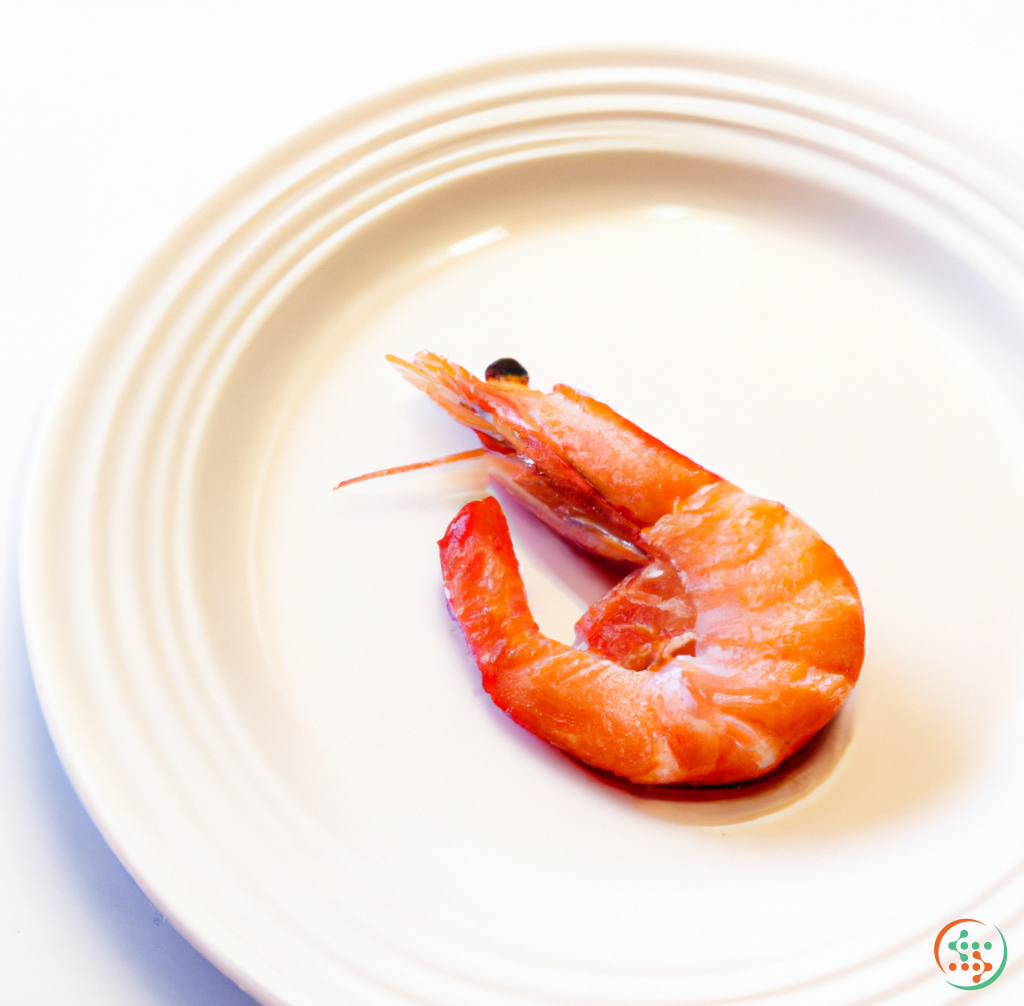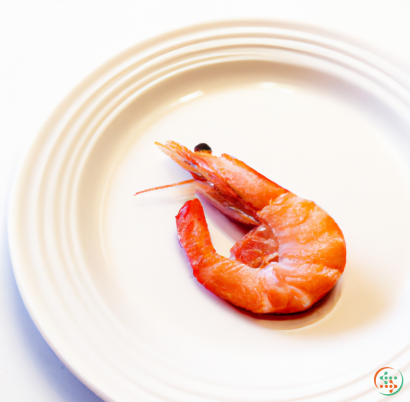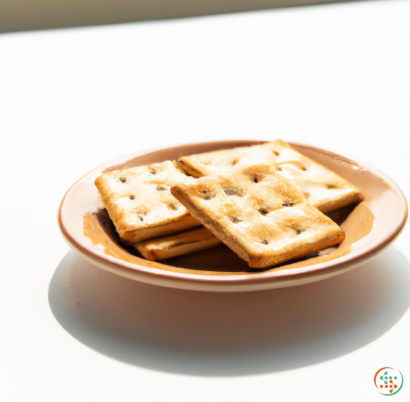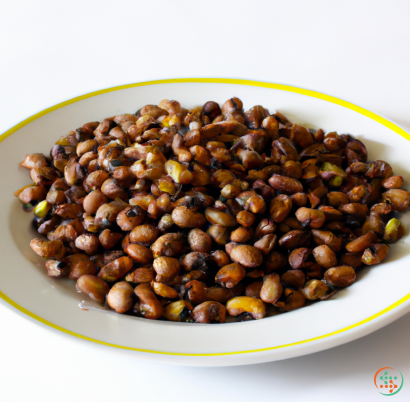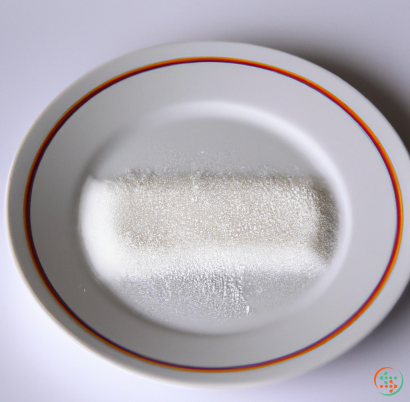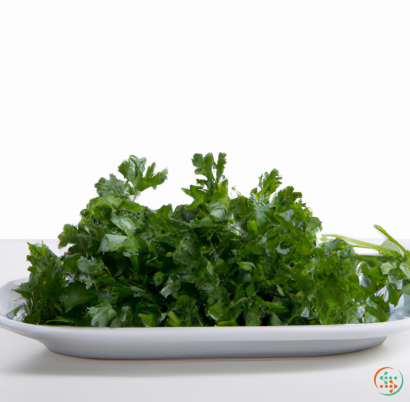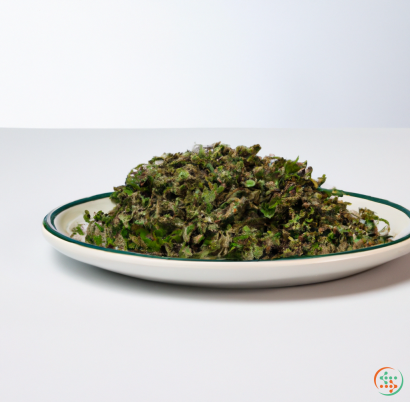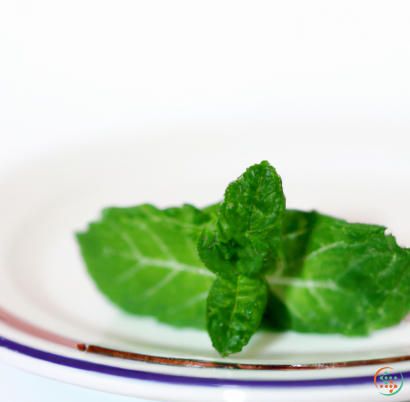Shrimp
When someone mentions shrimp, the first thing that often comes to mind is a delicious seafood dish. Shrimp, however, are much more than simple seafood delicacies. These tiny critters have a fascinating story to tell and important place in the global seafood industry.
Shrimp are crustaceans, part of a larger class of arthropods. They belong to the order Decapoda, which includes crabs and lobsters, and are related to insects in that they have jointed legs, segmented body parts, and a hard exoskeleton. Not all shrimp are edible for humans, however those that are consumed most often include the Pacific white shrimp, pink shrimp, and the brown spot shrimp.
Shrimp can be found in every continent’s coastal waters, except Antarctica. A shoal of shrimp may normally live in brackish water, which is a mix of fresh and salt water, giving them the ability to navigate calm lagoons and estuaries. While Shrimp are bottom dwellers, they are surprisingly agile, able to move quickly while scavenging for food and escape from predators.
Shrimp are usually no longer than three inches in size and their color can range from black and brown to even bright red or pink. Shrimp vary in size, type and flavor depending on where they are from as different habitat create different water conditions. For example, Vietnamese white shrimp, also known as Hanoi shrimp, have a mild sweetness and tender texture due to the high salinity of the waters they inhabit.
In terms of the commercial fishing industry, shrimp are among the most sought after seafood. They are highly sought for their distinctive taste and texture, and their ample production lends itself to various processing and packaging methods. In fact, global shrimp production reached nearly 4.5 million tons in 2019.
Fresh shrimp are usually sorted according to size, then placed in a boiling brine solution to remove the shells, and finally dried and frozen. Likewise, shrimp may also be sold fresh or frozen in their whole form, with or without their heads. Shrimp are mostly processed into prepared foods such as salads, sauces, and as fillings for sandwiches and other dishes. The meat can also be used for making fish sticks, shrimp toast, and dumplings.
For health conscious eaters, shrimp has several benefits. Shrimp is an excellent source of almost all essential vitamins, minerals and trace elements, including selenium, which helps to maintain a healthy metabolism and immune system. It's also a good source of protein and the essential amino acids, meaning it is a great way to boost your diet with healthy nutrients.
Shrimp is also a sustainable seafood option, and one of the easiest to farm. The two main forms of shrimp farming involve raised mounds or ponds. In a mound farm, the ocean's natural flow of water is used to irrigate the mounds at certain times, while in a pond farm, the shrimp are bred in more controlled, feed-based environments. As of 2018, more than half of the total global shrimp production came from aquaculture.
Shrimp has become an important source of food for many people around the world and its popularity continues to rise. Whether it’s served as a dinner entrée or eaten as part of a light lunch, shrimp remains a deliciously versatile and nutritious food choice.
A Shrimp's Journey to a Dinner Plate
Shrimp have been a staple in diets all over the world for centuries due to their delicious taste, valuable nutrients, and versatile uses in cooking. From paella to grilled skewers, shrimp can be cooked in an array of ways and served in many different dishes. While these tasty crustaceans can be found in supermarkets, restaurants, and dish plates around the globe, there's much more to these tiny invertebrates than meets the eye. Behind each succulent shrimp seasoning or zesty stir-fry lies the intricate, sometimes lengthy process it takes for a shrimp to make its way from sea to plate.
To understand a shrimp's journey to the dinner plate, one must first understand how a shrimp is created. Shrimp are shell-bearing crustaceans fouling the waters of oceans, bays and estuaries across the globe. Unlike most other sea animals, shrimp usually travel in large swarms, emerging from their hidden homes during the night to look for food.
As with any creature, a shrimp’s lifecycle begins when an egg is fertilized. The egg hatches into a larva, which looks drastically different from a grown shrimp. This larva spends its first weeks floating in the ocean, surviving on plankton and algae. As it matures, the larva begins to grow and ddevelop fins, a carapace, and antennae, elements which help the shrimp move throughent the water and feed.
Once the larvae reach maturity, they are left to roam the depths of oceans and seas, searching for suitable habitats to lay their eggs. For many species of shrimp, this is where they live out the remainder of their lives, while some species undertake seasonal migrations from the ocean depths to inshore shallows or wetlands in order to reproduce.
Before the shrimp reaches its destination, namely a dinner plate, it must first be caught by shrimpers, or fishermen, who use special nets and traps netting shrimp from both inshore and offshore grounds. It is estimated that approximately 35 billion pounds of shrimp are caught around the world every year, with nearly 20 million tons coming from harvest in wild catches alone.
On reaching port, the shrimpers begin the sorting procees, sorting the shrimp according to their species, size and if they have been previously frozen. If the shrimpers don't immediately land their catch at the port, they often disembark with tons of shrimp in large containers or heavy-duty plastic-lined bags. These containers will allow for proper storage of the product without any environmental damage to the marine environment.
Once the shrimpers arrive at the port, the shrimps are brought to processing plants where they undergo sanitation and grading processes. This includes their identification, size, counts, a general weight check and a sort of ‘perfection grading’, where the shrimp are rated according to colour and texture.
When the shrimp are graded, they are packaged in various sizes. Many shrimp can be processed live while some must be frozen before being repackaged and prepared for shipment. Once shuffled through the entire processing line, bags of shrimp are weighed and measured out, loaded onto trucks and sent to various retailers like restaurants and fish markets around the country.
The next step in the shrimp’s journey is to make its way to the dinner plate. When someone orders shrimp in a restaurant, the chef will first decide what kind of dish to make with the shrimp. They may opt for a fast food material like marinated tacos, or something fancier like a shrimp scampi. The chef will then clean and prepare the shrimp as needed for the dish chosen. This usually means peeling, cleaning and cutting the shrimp down to size, depending on how it will be cooked and enjoyed.
Lastly and most importantly, the chef will cook the shrimp in the desired recipe, ensuring that it is perfectly cooked and ready for the consumer. The finished, cooked shrimp is then plated, spruced up with a sprinkle of herbs or some flavorful sauces or oils and then presented to the hungry customer, ready to be bitten into and enjoyed.
From egg to dinner plate, the process of a shrimp’s journey is quite intricate. Its migration through various sources of capture, packing and sorting, freezing, transport and then finally being cooked to perfection all take time and effort, making it an impressive process to witness. Keep in mind, with the ever-expanding global demand for seafood, it is important to be aware of the consequences of overfishing in order to ensure our planet's continued abundance of aquatic life.
So the next time you munch on a succulent shrimp, remember all the hard work it took for it to be dressed and served on your plate!
| Calcium | 0.07 grams |
Daily Value 1.3 g
|
| Iron | 0.51 mg |
Daily Value 0.018 g
|
| Magnesium | 0.039 grams |
Daily Value 0.4 g
|
| Phosphorus | 0.237 grams |
Daily Value 1.25 g
|
| Potassium | 0.259 grams |
Daily Value 4.7 g
|
| Sodium | 0.111 grams |
Daily Value 2.3 g
|
| Zinc | 0.00164 grams |
Daily Value 0.011 g
|
| Copper | 0.38 mg |
Daily Value 0.9 mg
|
| Manganese | 0.03 mg |
Daily Value 0.0023 g
|
| Total Sugars | 0.131141 grams |
per 100g
|
| Palmitic acid (16:0) | 0.03 grams |
|
| Stearic acid (18:0) | 0.02 grams |
|
| Total Saturated fatty acids: | 0.05 g | |
| Oleic acid (18:1) | 0.02 grams |
|
| Total Monounsaturated fatty acids: | 0.02 g | |
| Omega-3 Timnodonic acid (20:5) | 0.02 grams |
|
| Linoleic acid (18:2) | 0.02 grams |
|
| Total Polyunsaturated fatty acids: | 0.04 g | |
| Cholesterol | 0.19 grams |
|
| Total Sterols: | 0.19 g | |
